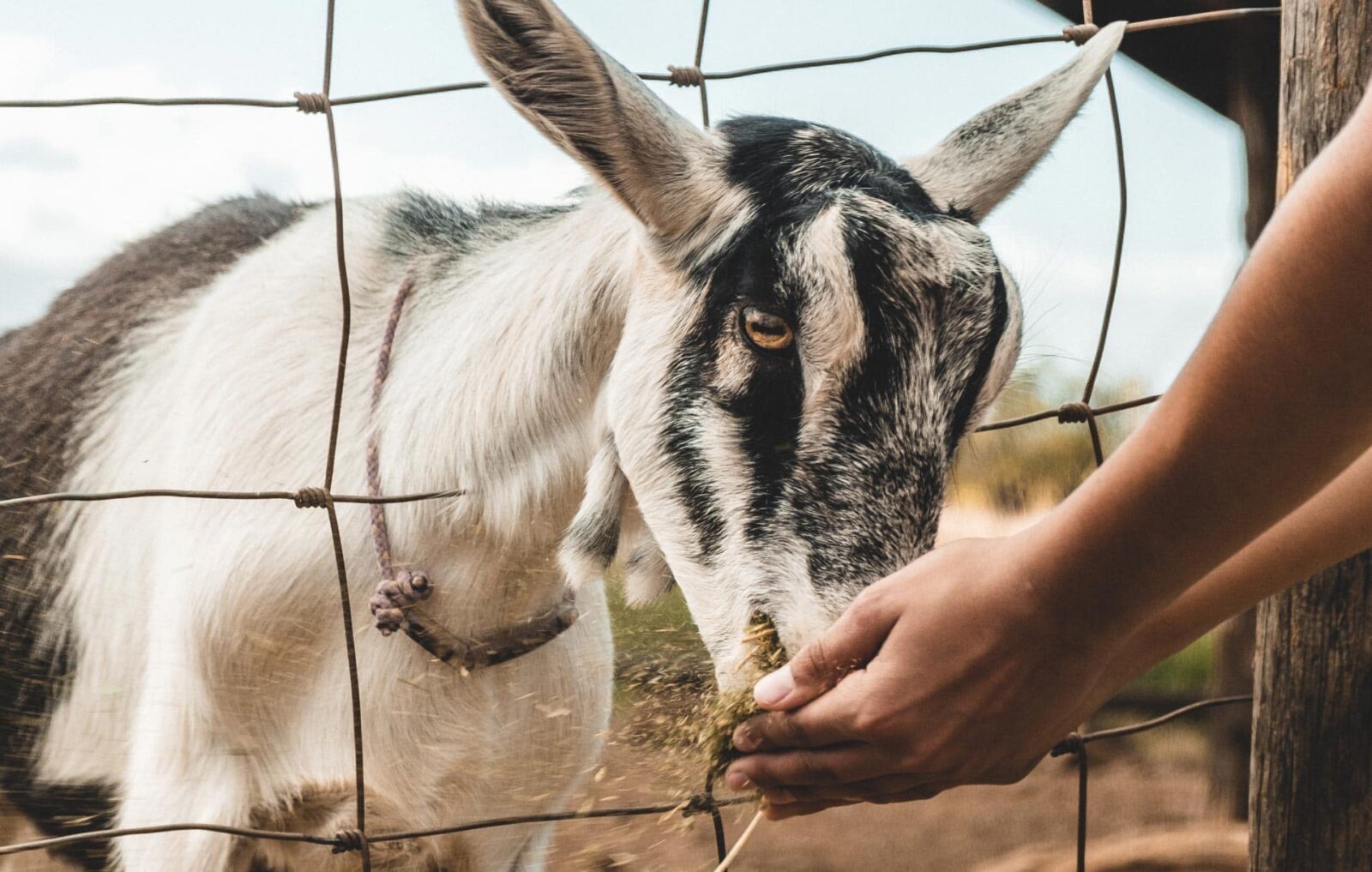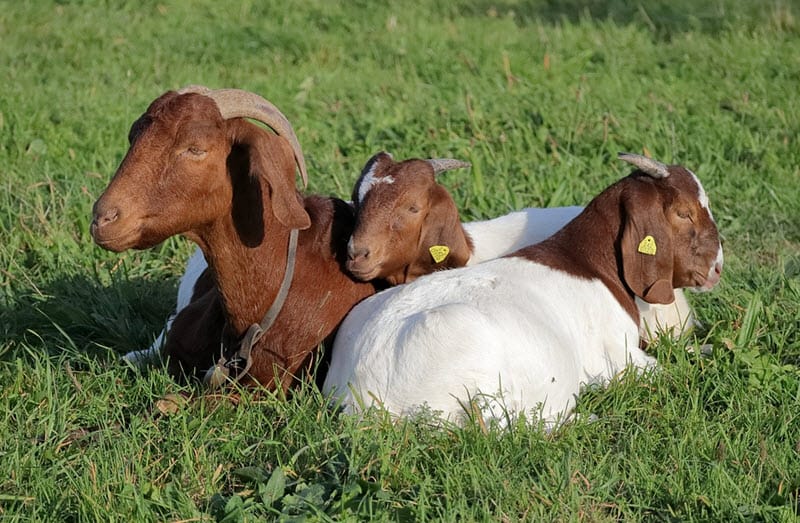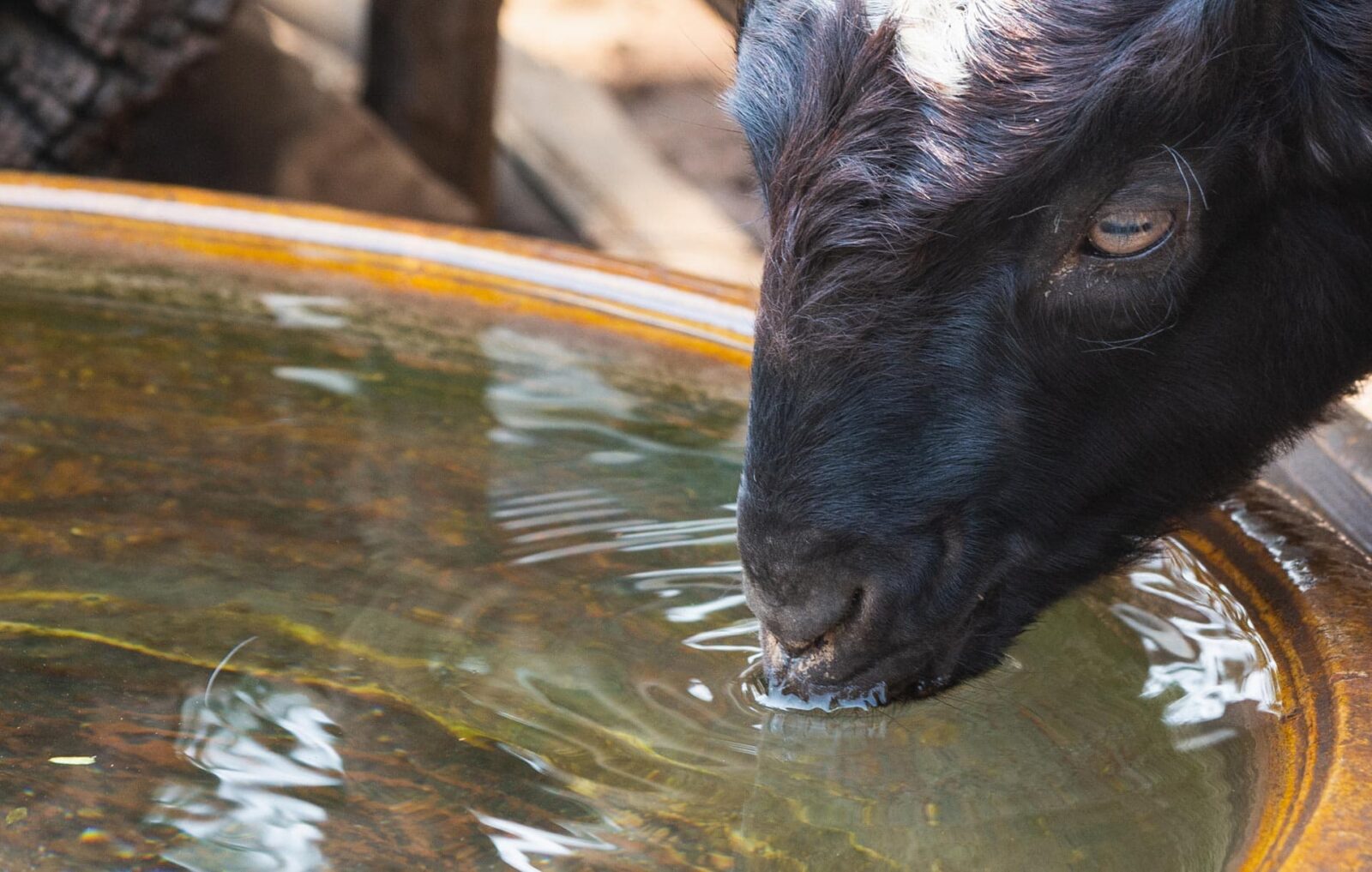Many people are sensitive to cow milk and are searching for a wholesome natural alternative. Goat milk contains only trace amounts of the alpha S1 casein protein (the major culprit behind most cow milk allergies.) Many people sensitive to cow milk are able to enjoy goat milk, goat milk cheese, goat milk yogurt, and goat milk butter regardless of the breed of the goat. Many people are lactose intolerant. Goat milk does contain lactose, but many people who react poorly to lactose don’t have the same problem with goat milk. If you have been clinically diagnosed with either true cow milk allergy or lactose intolerance be sure to consult your doctor before drinking goat milk. Goat milk is gluten free. Keeping your goats hydrated with the use of a goat waterer is a must!
Goat milk is very nutritious and is high in calcium. Your body is better able to absorb calcium from milk than it is from supplements. You will find goat milk (and the products made from goat milk) easier to digest because of its tiny fat globules and softer curd. Because of its digestibility, you may find it is the perfect alternative to cow milk as eating goat meat is to beef.
Goat milk is also a good source of conjugated linoleic acid (CLA,) a fatty acid that prevents and cures cancer and many inflammatory conditions in laboratory animals. Results of clinical studies with CLA in humans are still pending. There is much interest in the potential role of CLA in human health and nutrition. Scientific research suggests that CLA may help preserve muscle tissue and reduce body fat when used with a healthy diet and regular exercise program
Foods derived from ruminants (cattle, sheep, goats, deer, elk, moose, antelope, and buffalo) are the primary sources of conjugated linoleic acid (CLA) in human diets. Meat, milk, cheese, yogurt, and butter from ruminants are all good sources of CLA. Products from non-ruminants (pork, poultry, eggs, and fish) are not significant sources of CLA, even when grass fed.
Much research has been done on factors affecting the amounts of CLA in milk and meat of ruminants. Type of feed appears to be the biggest factor affecting CLA levels in milk and meat. Animals on immature high quality pastures produce the highest levels of CLA. Animals on mature pastures, preserved forages such as hay and silage, or high concentrate mixed rations produce lower levels of CLA than animals on good quality pastures. Research shows that animals living on pastures having a large variety of different forages produce more CLA than animals on pastures with only a few types of forages. Since goats graise a larger variety of forages than cattle, goat milk probably has higher levels of health promoting nutrients than cow milk.
It has also been shown that cattle grazing at high elevations in the Alpine Mountains of European produced higher levels of CLA in their milk. I believe that this may be a result of these cattle grazing on the equivalent of early spring forages throughout the grazing season.
In the Alps cattle are wintered in the valleys and graze in the valleys during early spring. Then as the snow line recedes up the mountains they are moved to higher elevations by herdsmen to graze new forages just below the snow line.













Leave a Reply